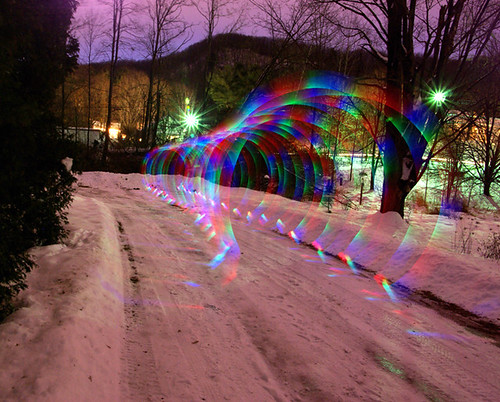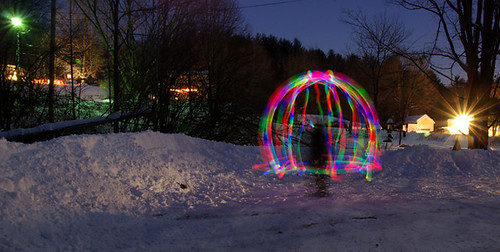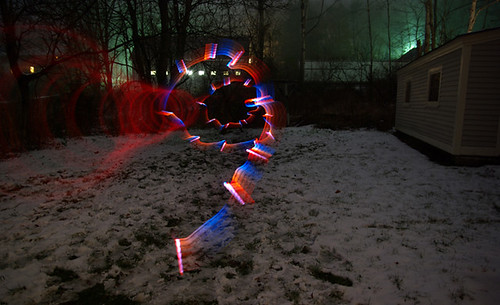So this post is simple: thinks I'm glad about for 2007, things I'm angry about for 2007, things I'm looking forward to in 2008, and things I dread about 2008.
But first, once again, I have done more light drawings:
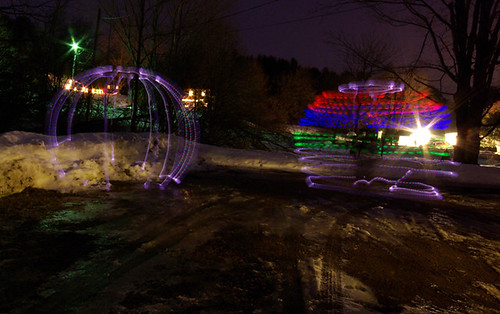

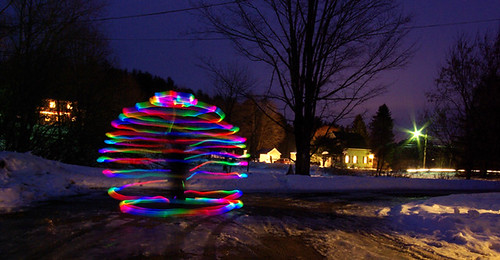
As usual, clicking on the images gives you a larger version with details about the photos.
So let's start with the bad, from 2007. Put simply, I am pissed off about:
FISA, S-Chip, Dems in Congress, Dems in the Senate, Harry Reid's crap, Nancy Pelosi's crap, Joe Lieberman's sanctimony, Kent Jones getting canned, every single thing the Bush administration has ever done, thought about doing, or come close to doing, lead in toys, talk about a wall across the border, the fact that the only Republican candidate who's willing to speak out against the occupation of Iraq seems to be getting support from white supremacists, rising costs of health insurance, rising costs of gasoline, rising costs of, well, everything, global warming, species of fish dying out, Blue America Democrats who turned out to be Bluedogs, big media, big media going after their writers, Vermont state police collecting personal medical data, corporate greed overriding common sense, the pardoning of Scooter Libby, and probably a whole hell of a lot more.
I'm also just sad that Terry Pratchett has Alzheimer's.
I am, on the other hand, quite happy about:
Chris Dodd standing up to Harry Reid, Daily Kos, Green Mountain Daily, Keith Olbermann, Futurama's return, the end of the Bush administration (in theory), pretty much the whole Republican field (for comic relief), The Daily Show, the Colbert Report, the fact that we *caught* the Vermont state police collecting personal medical data, that Gonzales was forced to resign, the outcry over the pardoning of Scooter Libby, the fact that even though we can't change things quite yet, the country seems to finally be fully on board with the slogan for the occupation of Iraq I've wanted us to adopt ("Come on! WTF?"). Actually, that slogan can apply to the whole Bush administration. I'm happy that John Kerry isn't running and that John Edwards is. I'm happy that I took many awesome pictures this year.
I'm happy that I'm a lot healthier than I was a month ago and I'm happy that my work, for the time being, is prosperous and I'm happy that even though some of my camera equipment got stolen this year, and some of it got broken, that I was able to recover quickly (though expensively) from both. I'm glad that clear thinking about global warming has entered the mainstream.
I'm happy for Parker River.
As far as 2008 goes:
I have no idea what to expect. I both dread and look forward to it. I look forward to whomever the Republican nominee is, because I don't think it will be that difficult to beat him (though I think McCain and Huckabee would be major challenges). I dread Clinton being nominated (feel free to flame me) but I look forward to working for Edwards in New Hampshire this weekend, because I think he'll do better than Clinton in Iowa and that will make NH *really* interesting.
I look forward to more music, more photography, better health. I look forward to the last throes of the Bush administration and I look forward to seeing better people elected in 2008.
I look forward to more writing, more thoughts, a little peace and quiet, and a lot of damned fine music.
So how about the rest of you? What are your best lessons from 2007? What do you expect to do differently in 2008?
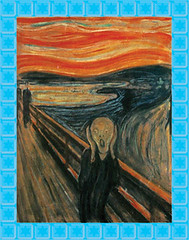 Last week, I urged you all to
Last week, I urged you all to 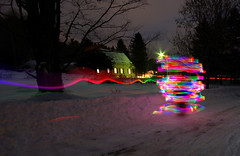
 Torches
Torches

